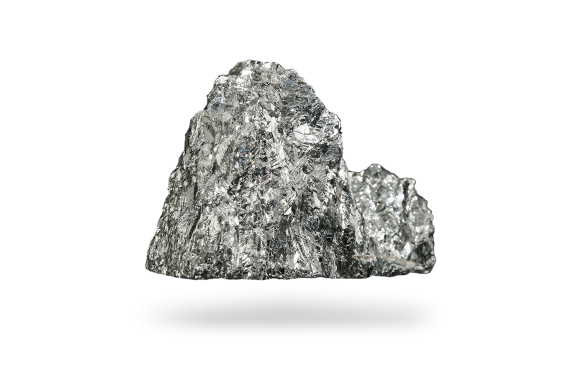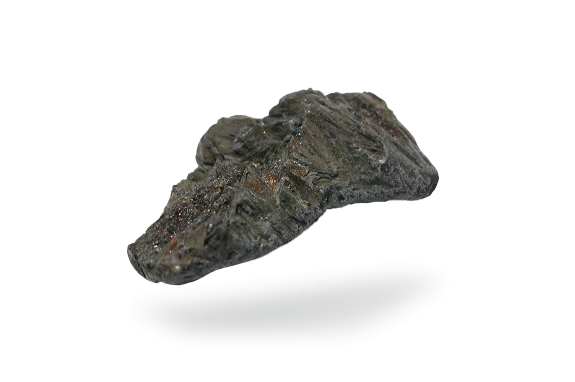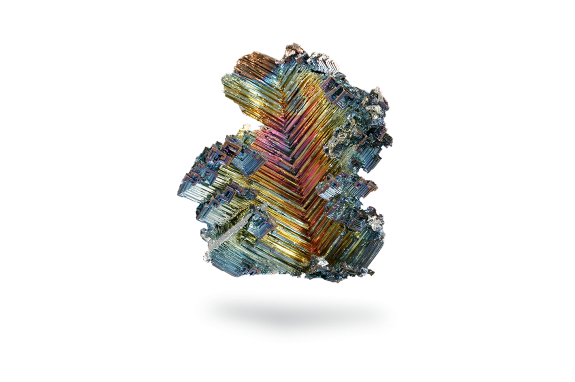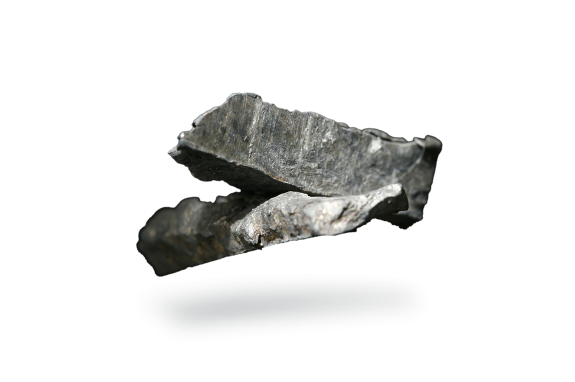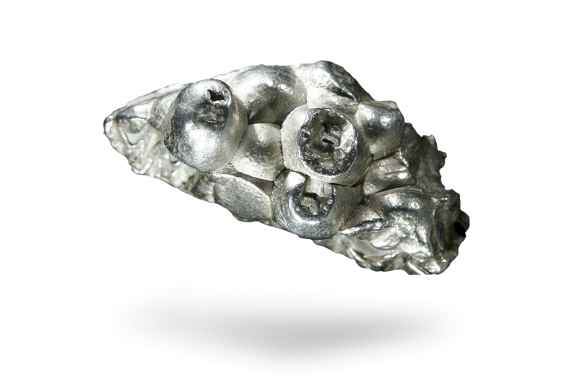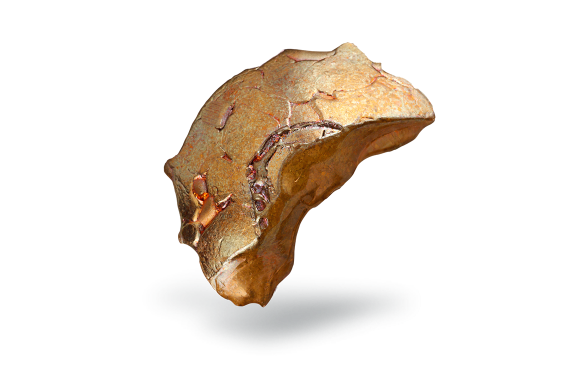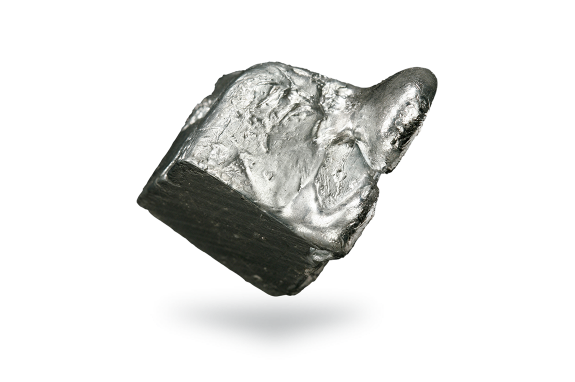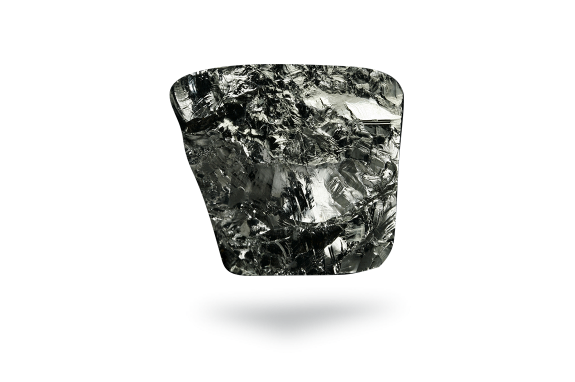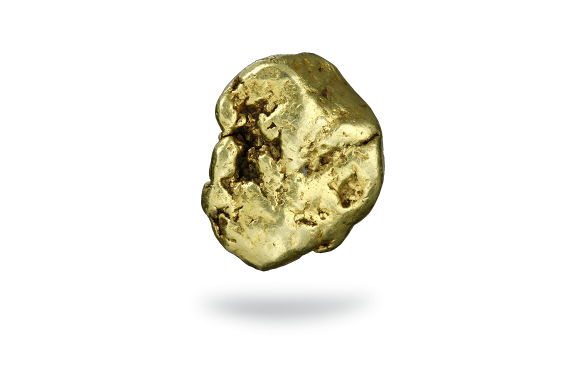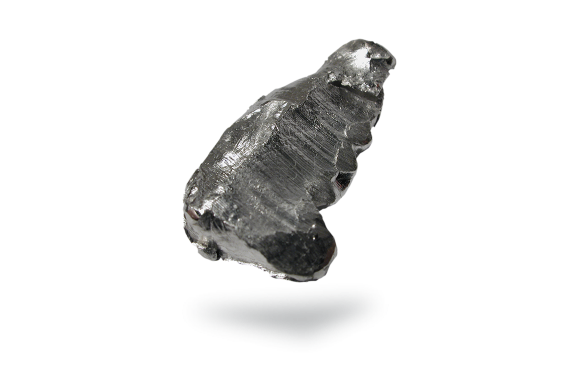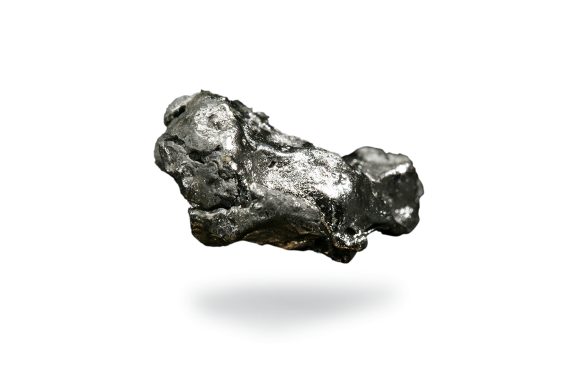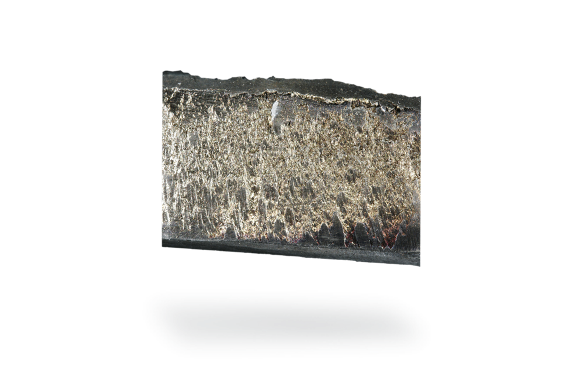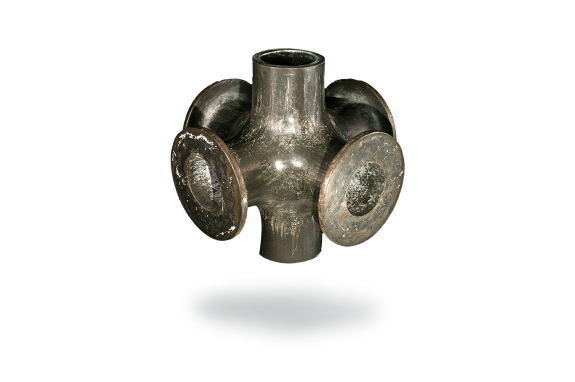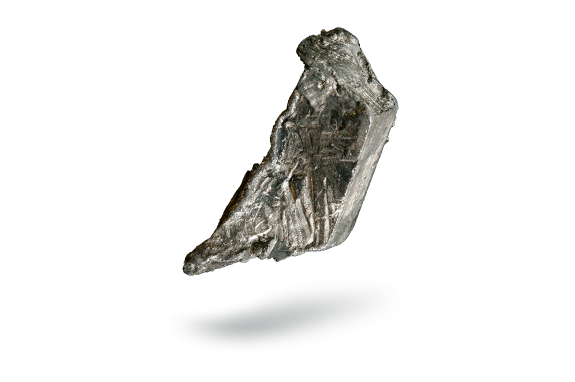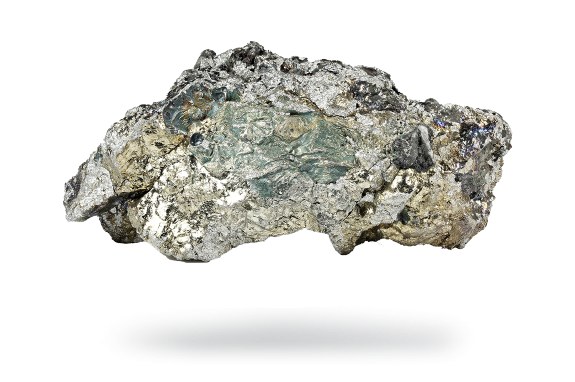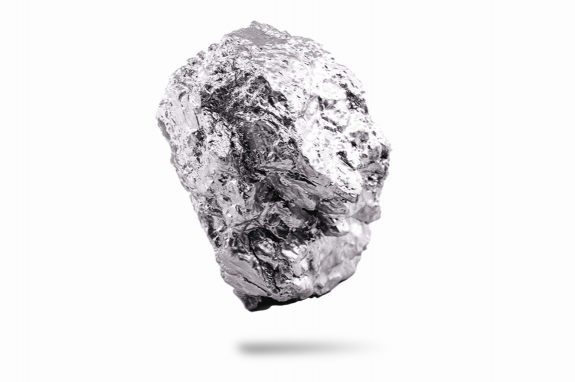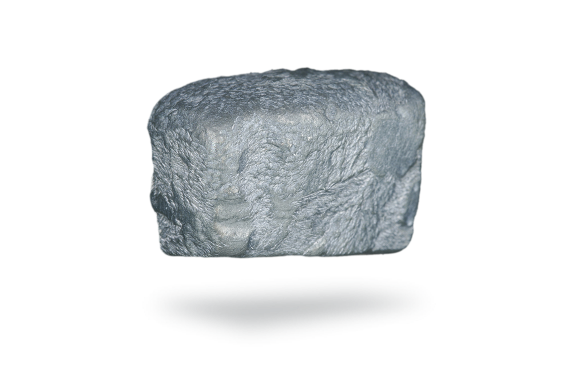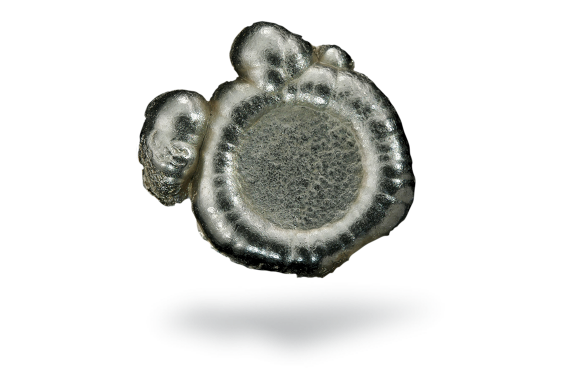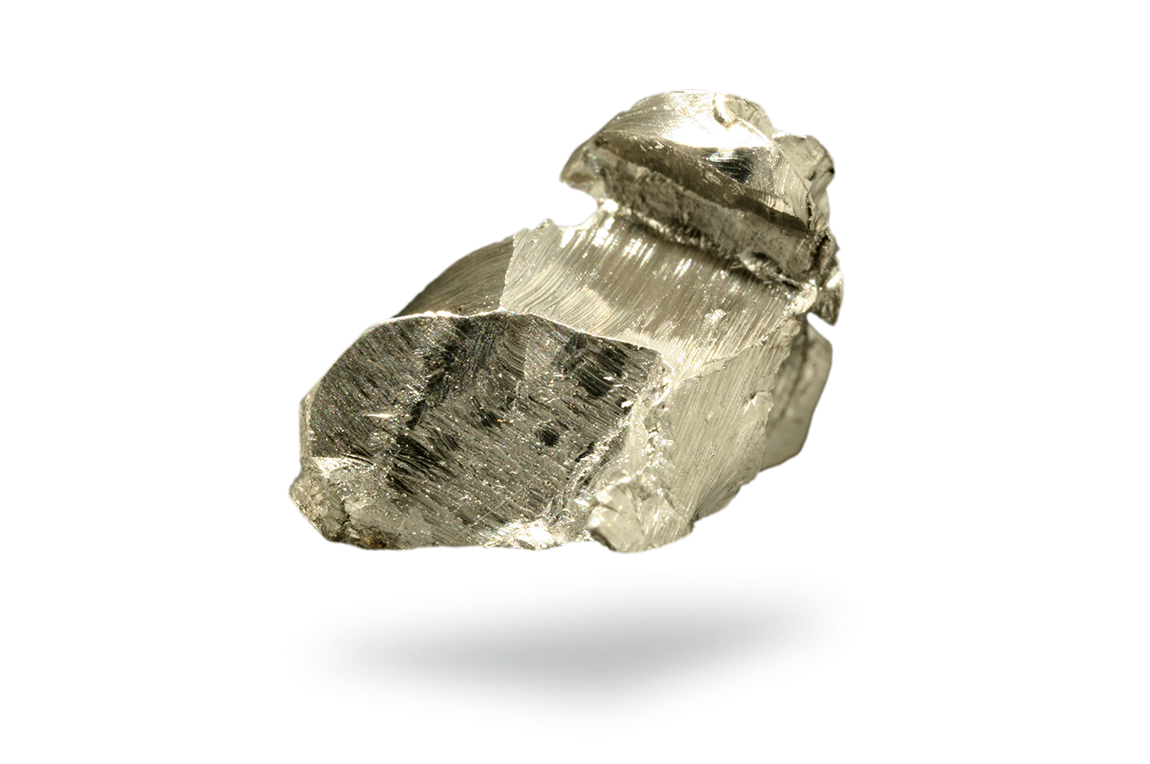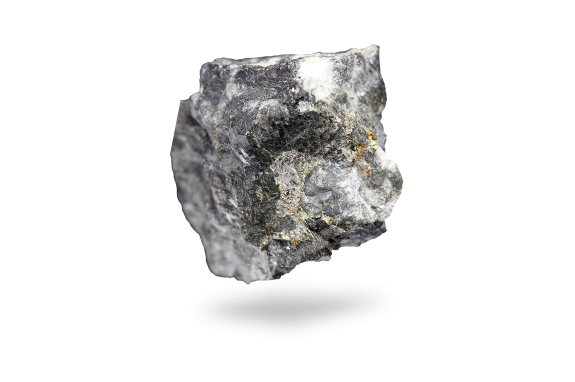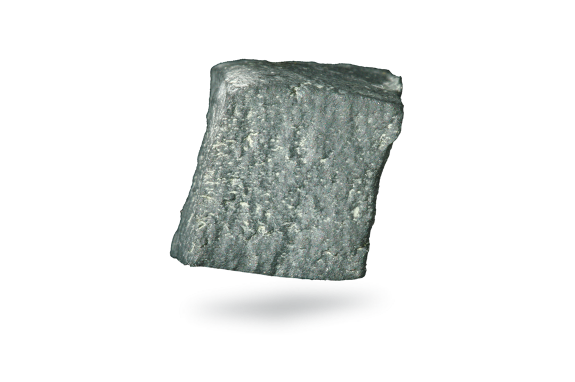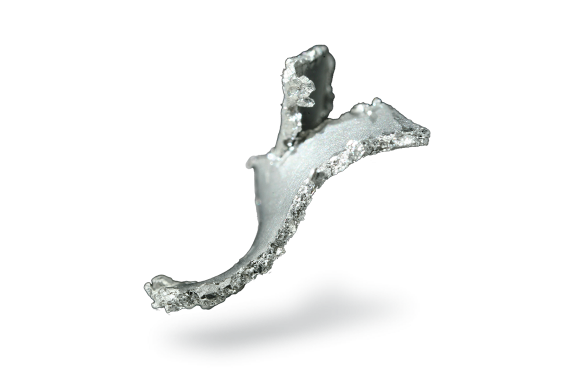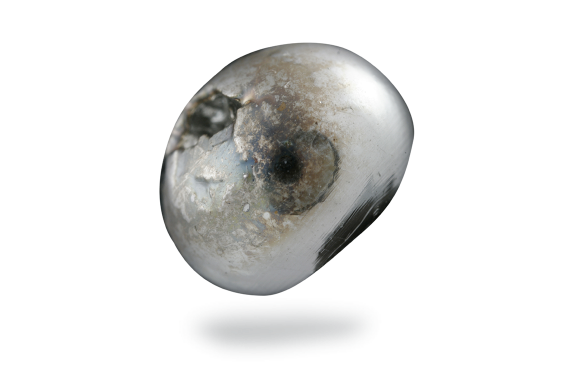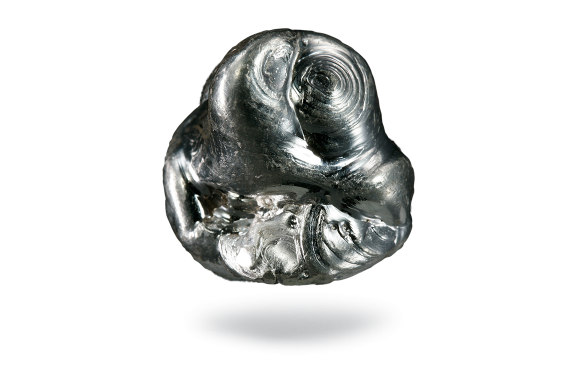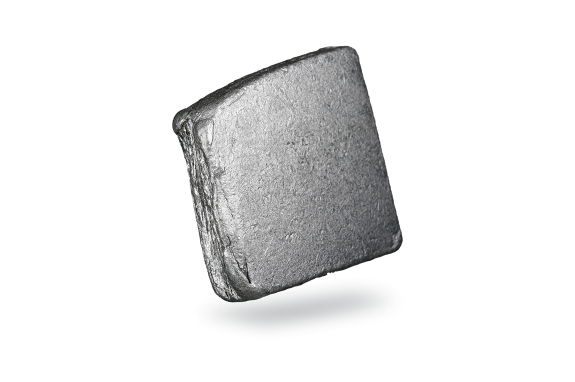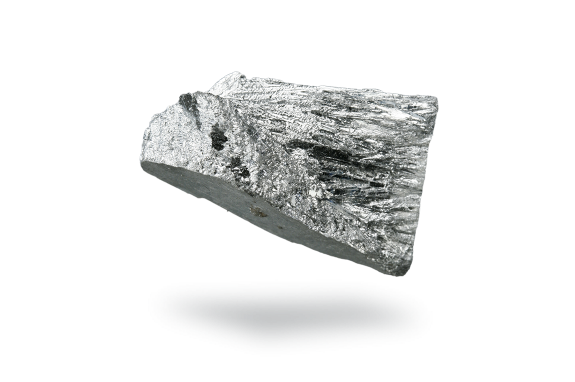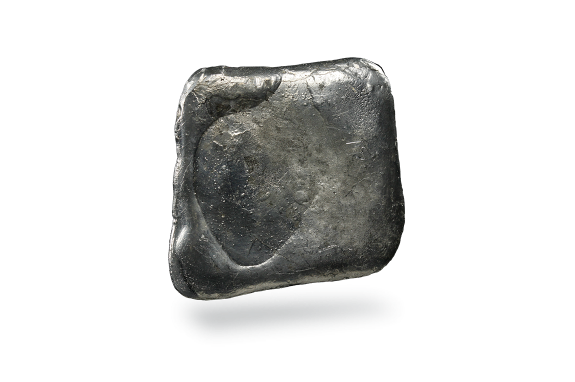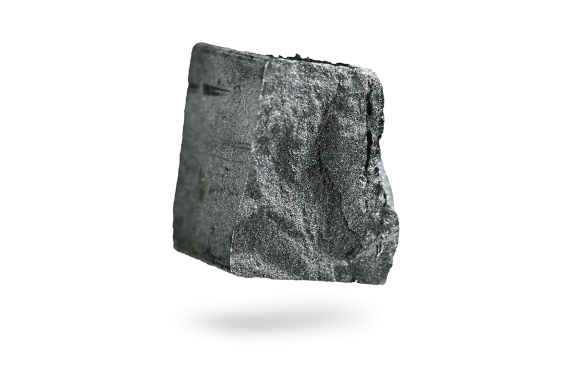Selenium
Did you know that selenium is among the rarest elements on the surface of our planet? Selenium is most commonly found as an impurity, a small portion attached to other metals. It replaces a small part of the sulfur in the sulfide ores of many metals, like copper, and therefore it is produced as a byproduct in the refining of these ores and concentrates.
Selenium is a non-metallic chemical element and it occurs naturally in the environment in a number of inorganic forms, including selenide, selenate and selenite, but these minerals, as mentioned before, are rare.
Applications
Selenium has diverse applications in industries like metallurgy, chemicals and pigments to electronics, agriculture and animal feed, but it is popularly used in glass making.
When selenium is added in small amounts to silicate glasses, it decolors them by neutralizing the green color caused by the presence of iron. At higher concentrations selenium will give the glass a bronze, anti-glare color.
Have you heard about the Wizard of Oz and Dorothy’s ruby slippers? Many have dreamed of wearing those bright red sparkly glass shoes. But what does it have to do with selenium? It turns out to be an important agent to make pink and red glass. When used together with cadmium sulphoselenide, it yields a brilliant red color known as “Selenium Ruby”. Sadly, this pigment for glass wasn’t used to create the slippers in the movie but it is especially famous in India.
Bangles are very popular in the Indian culture specially after marriage. Different colored glass bangles mean different things in the Indian culture. Red stands for energy and prosperity, making selenium a key ingredient for bangles.
Selenium in combination with germanium and arsenic is also used in chalcogenide glasses, which are transparent to infra-red radiation and are hence used in thermal imaging applications. Zinc selenide is also used in windows for infrared optical devices.
Selenium as some of our other elements, made its way to space. It is a semiconductor that can be found in CIGS thin-film photovoltaic solar cells that include cadmium, indium, gallium and selenide.
Small amounts of selenium are necessary for cellular function in humans and many animals. Selenium is an ingredient in many multivitamins, other dietary supplements and infant formula. Soils in certain parts of the world show selenium deficiency and can benefit from selenium containing fertilizers to boost the selenium intake by humans and cattle.
Primary production and recycling
Selenium is most commonly produced from selenide in many sulfide ores and can be found more particularly in the residues from copper refining.
Recycling can come from spent targets or materials used in chemical or physical vapor deposition such as zinc selenide manufacturing and CIGS photovoltaics.
The refining of selenium is often complicated by the presence of other compounds and elements but at Umicore we have the know-how and expertise to recover it.
History
Berzelius discovered selenium in 1817 in the dusts formed in the lead chambers of a sulphuric acid plant. He found the element associated with tellurium named after the Latin word tellus that means earth and decided to call it selenium after the Greek word σελενη that stands for moon.
In 1873, Willoughby Smith, an English electrical engineer, discovered that selenium’s electrical resistance decreased when illuminated. A property that paved the way for selenium’s use in photoelectric cells. This led to the use of high purity selenium and alloys in photocopier drums; this application however disappeared in the early 2000s, replaced by organic materials.


